Announcement

Due to the COVID-19 pandemic, all our offices are operating on a skeleton workforce. For inquiries, please get in touch with us via the emails listed on our contact page.
Diwata-1 is a Philippine microsatellite deployed into orbit from the International Space Station (ISS) on April 27, 2016. It is the first 50kg satellite of the Philippine Scientific Earth Observation Microsatellite (PHL-Microsat) Program, a three-year research and development program funded by the Department of Science and Technology (DOST) of the Philippines. The program is a collaboration between the University of the Philippines, the DOST-Advanced Science and Technology Institute (DOST-ASTI), and Japan’s Tohoku University and Hokkaido University. Diwata-1 has three optical instruments for scientific earth observation: the High Precision Telescope (HPT) which can be used in studying the extent of damages from natural disasters; a Space-borne Multispectral Imager (SMI) with Liquid Crystal Tunable Filter (LCTF) for assessing changes in vegetation and ocean productivity studies; and the Wide Field Camera (WFC) which can capture cloud patterns and weather disturbances. It is also equipped with one engineering control instrument, the Middle Field Camera (MFC), which is used to help locate the images captured by HPT and SMI.
|
Class |
Microsatellite (Microsat) |
|
Mass |
52.40 kg |
|
Type |
Earth Observation |
|
Dimensions |
55 cm x 35 cm x 55 cm |
|
Orbit |
Low Earth |
|
Payloads |
High Precision Telescope (HPT), Spaceborne Multispectral Imager with Liquid Crystal Tunable Filter (SMI w/ LCTF), Middle Field Camera (MFC), Wide Field Camera (WFC) |
|
Launch |
March 23, 2016 via Atlas V Rocket from Kennedy Space Center (Cape Canaveral, Florida) |
|
Release |
April 27, 2016 via International Space Station (ISS) |
|
Mission |
Disaster Response and Management - Assess damages caused by natural disasters by taking pre and post disaster images in the area.Environmental and Natural Resource Assessment - Multi-spectral Earth Observation for remote sensing applications - Derive geophysical parameters for land and ocean applications. |
|
Images |
|
|
Status |
Decommissioned (April 6, 2020) |
July 2015
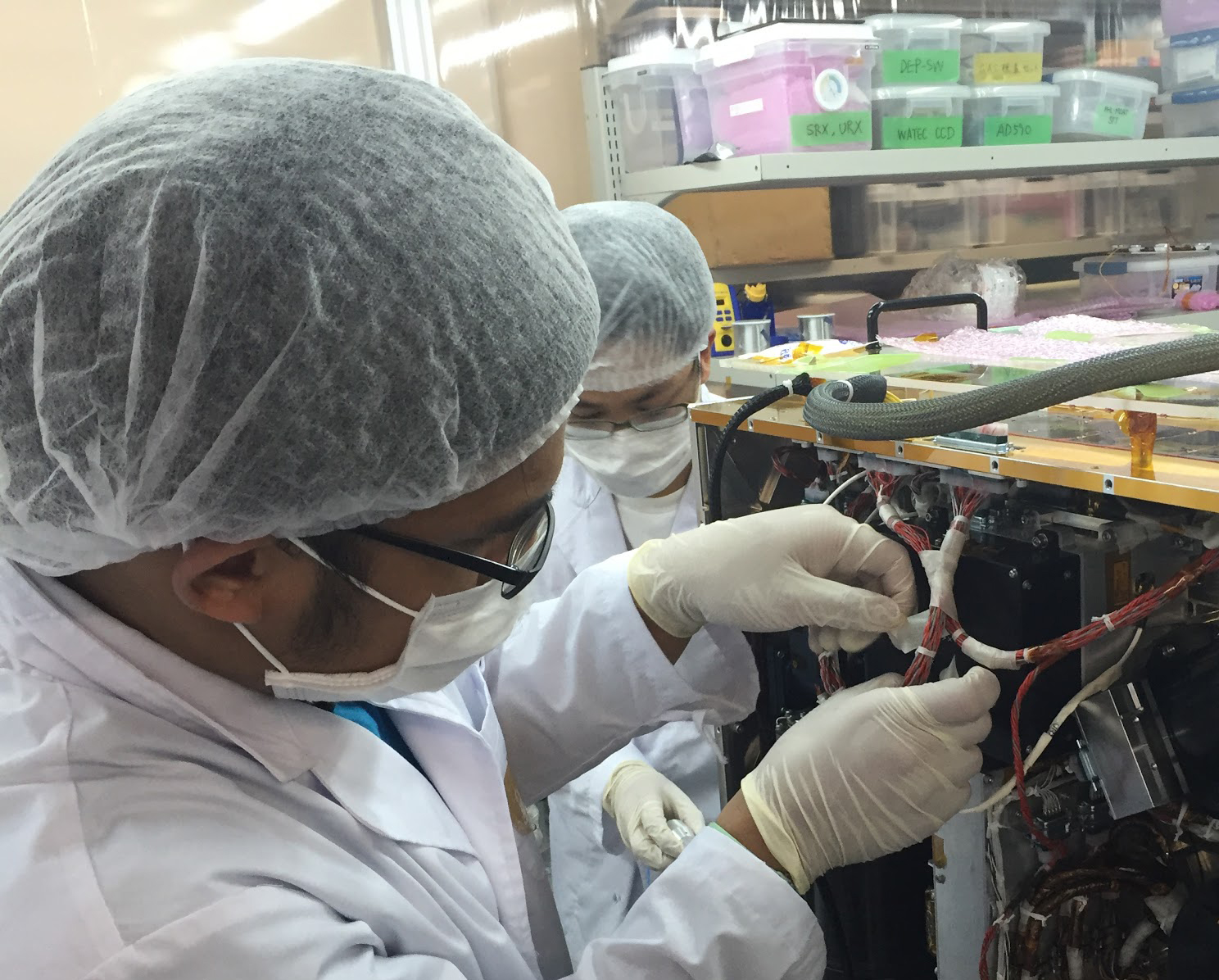
Initial structure assembly
Photo courtesy of: Prof. Yuji Sakamoto, Associate Professor Tohoku University
September 2015
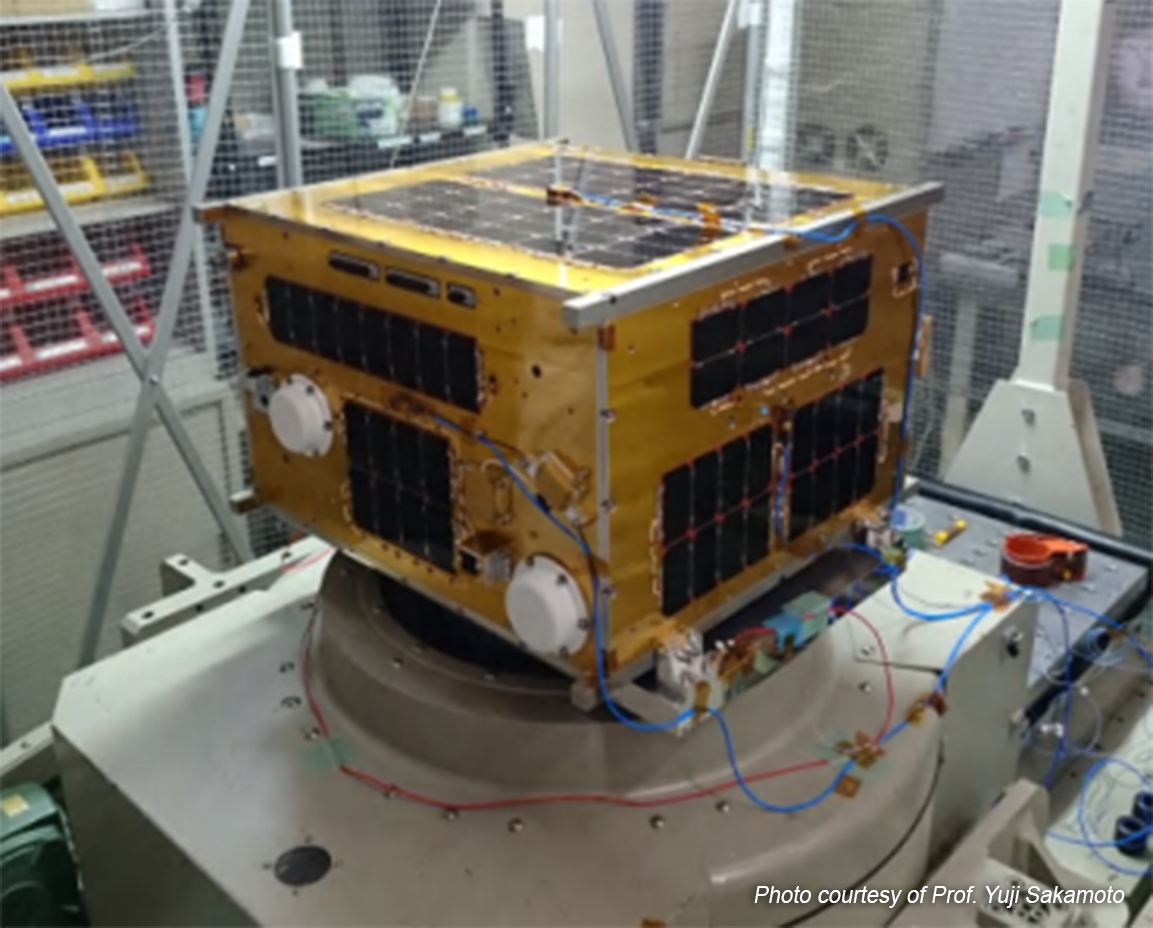
Flight Model assembly & testing (electronic and vibration tests)
October 2015
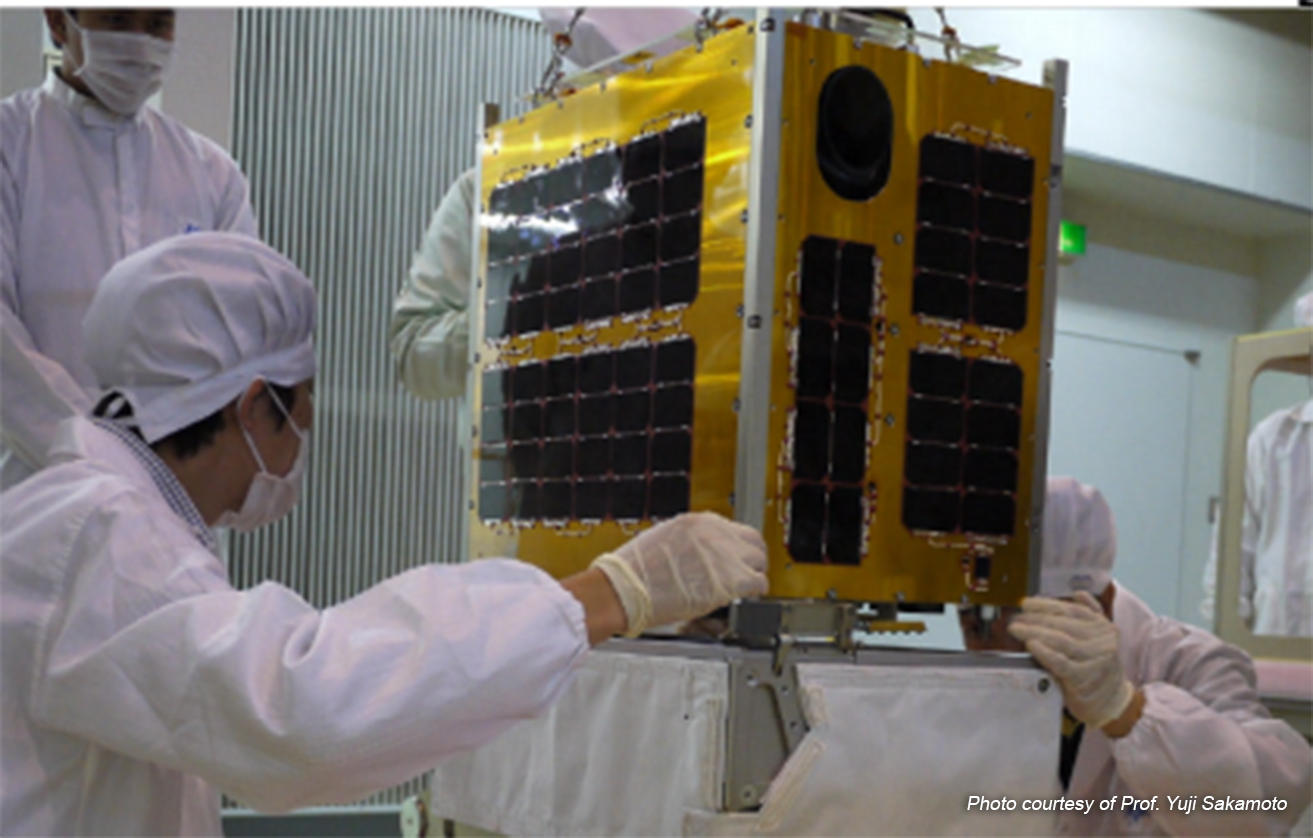
Compatibility tests at the Japan Aerospace Exploration Agency (JAXA)
December 2015
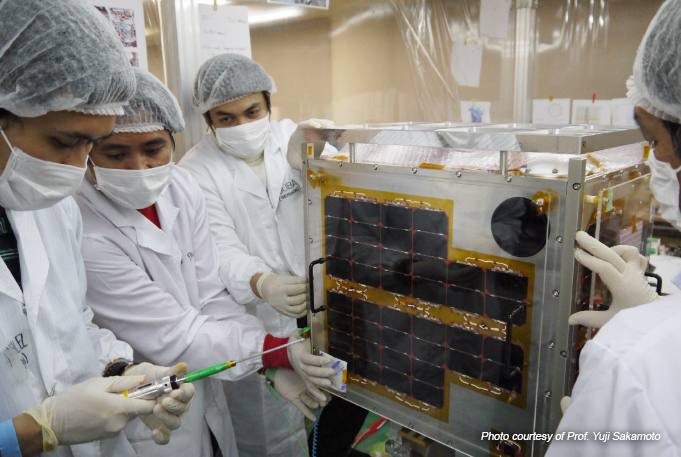
Final assembly and vibration test
January 13, 2016
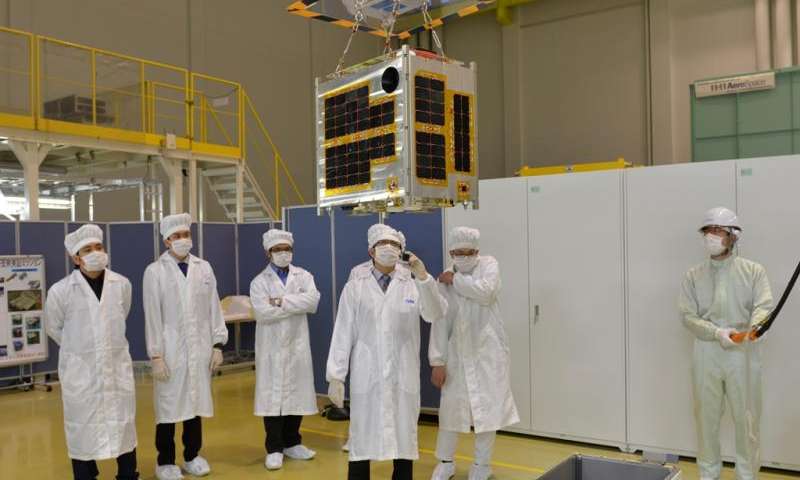
Diwata-1 turnover to the Japan Aerospace Exploration Agency (JAXA) at Tsukuba Space Center, Japan
Learn More
January 18, 2016

Japan Aerospace Exploration Agency (JAXA) ships Diwata-1 to National Aeronautics and Space Administration (NASA)
March 23, 2016
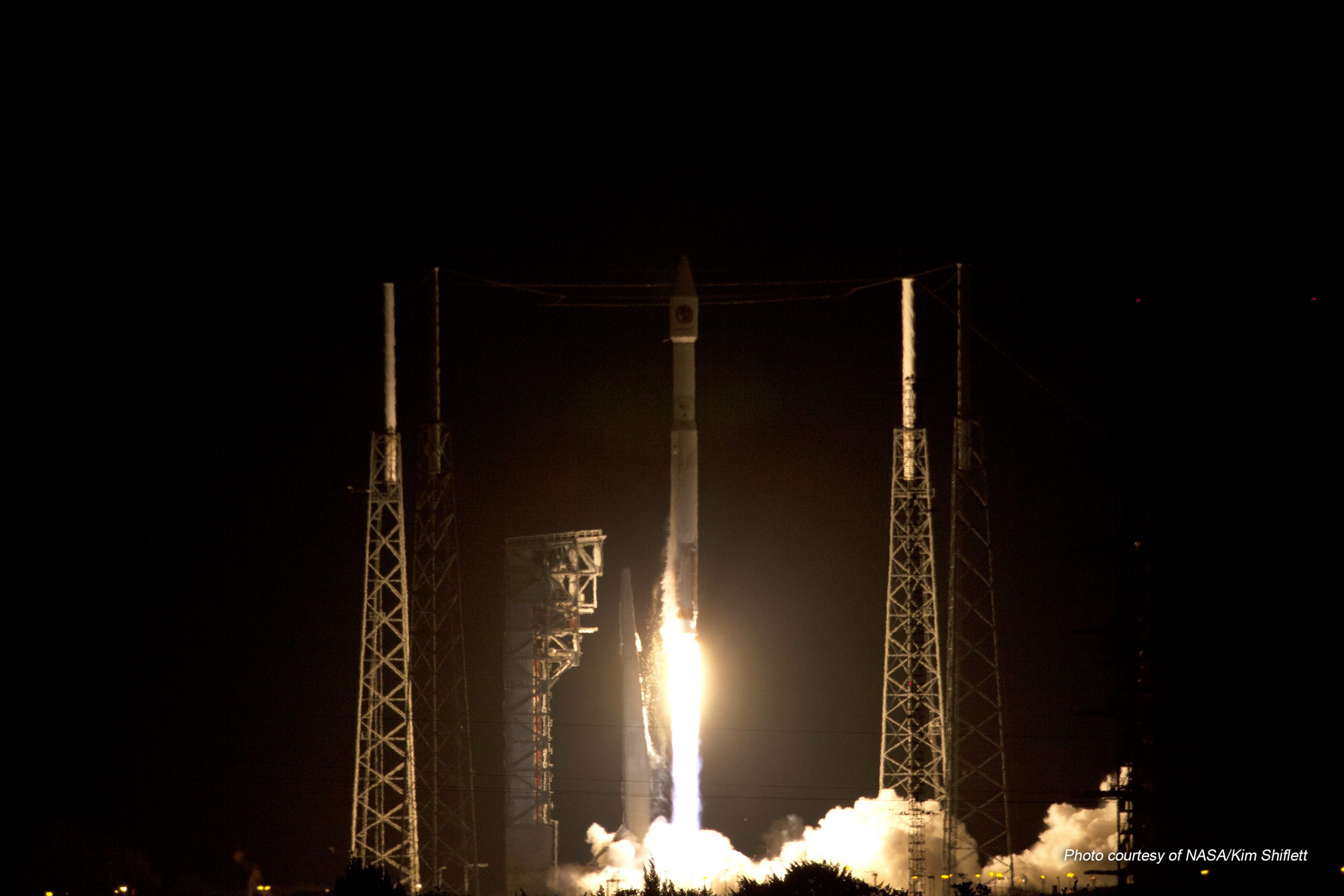
Diwata-1 launched to the International Space Station (ISS)
Via United Launch Alliance Atlas V rocket (through the Orbital ATK Cygnus cargo spacecraft) from the Cape Canaveral Air Force Station, Florida
April 27, 2016
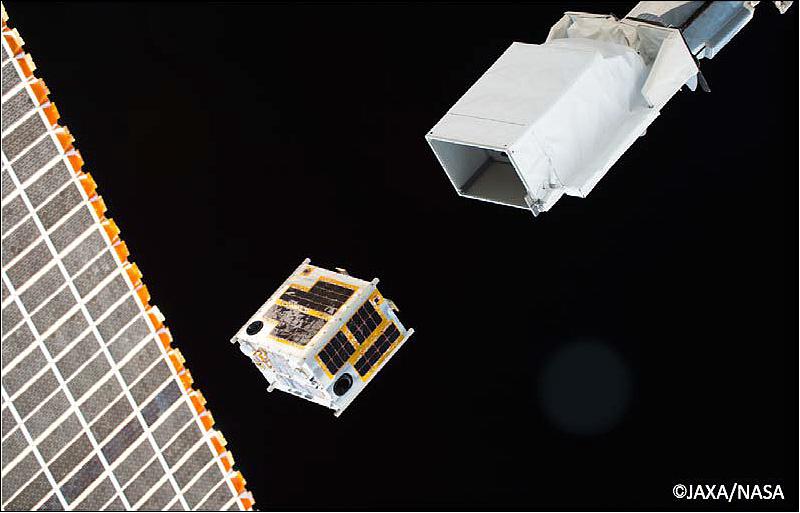
Diwata-1 successfully released into orbit
Via Japanese Experiment Module ‘Kibo’ on board the International Space Station (ISS) at 20:44 (JST)
Learn More
April 28, 2016
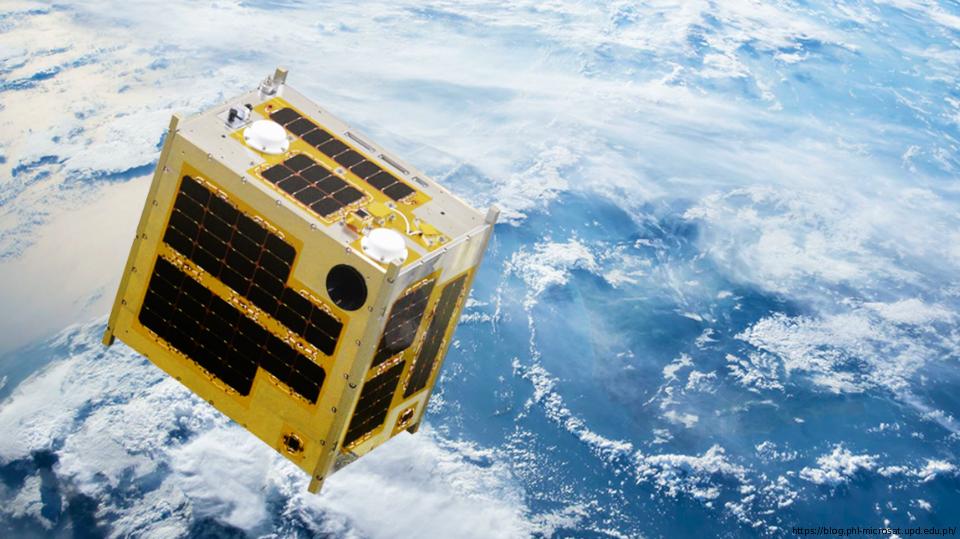
First signal received from Diwata-1
Radio signals successfully received at the Tohoku University ground station (CRESST), indicating good satellite health
May 6, 2016
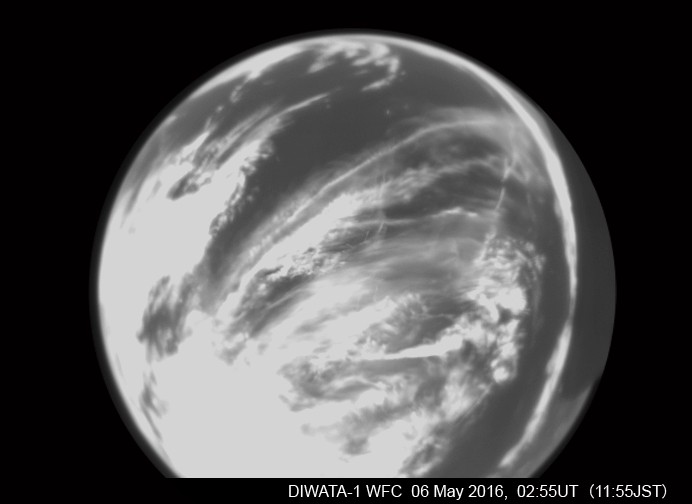
Diwata-1 ‘s First Image of Earth
Received by Tohoku University ground station at 11:55 JST; captured using WFC (Wide Field Camera)
May 9, 2016
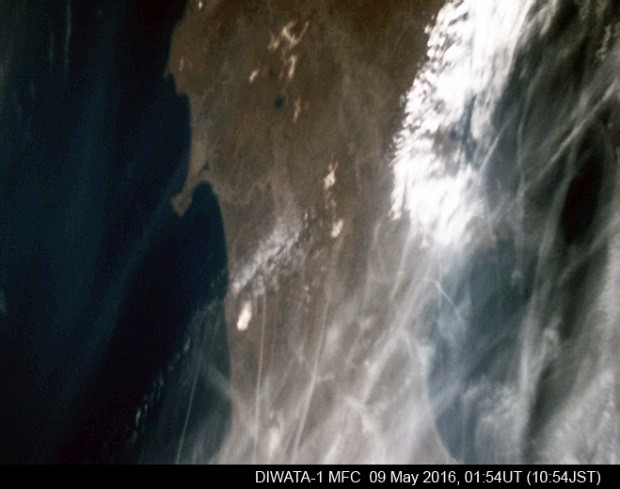
First captured using Middle Field Camera (MFC)
Captured at 10:54 (JST) on May 9, 2016 (area shown in image: Tohoku, Japan)
Learn More
June 2, 2016
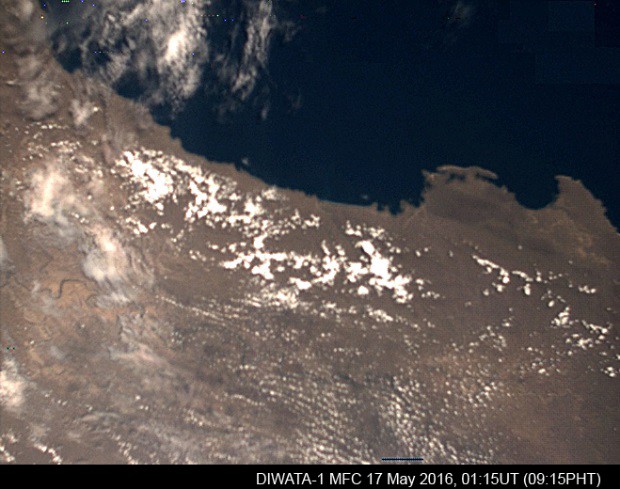
First set of images released to public by Tohoku University
Set includes a test image of the Isabela, Philippines captured using Middle Field Camera (MFC) at 01:15UT (09:15 PHT) on May 17, 2016
Learn more
March 20, 2020

Diwata-1 altitude gradually decreases
Signaling approach of end of mission
April 6, 2020
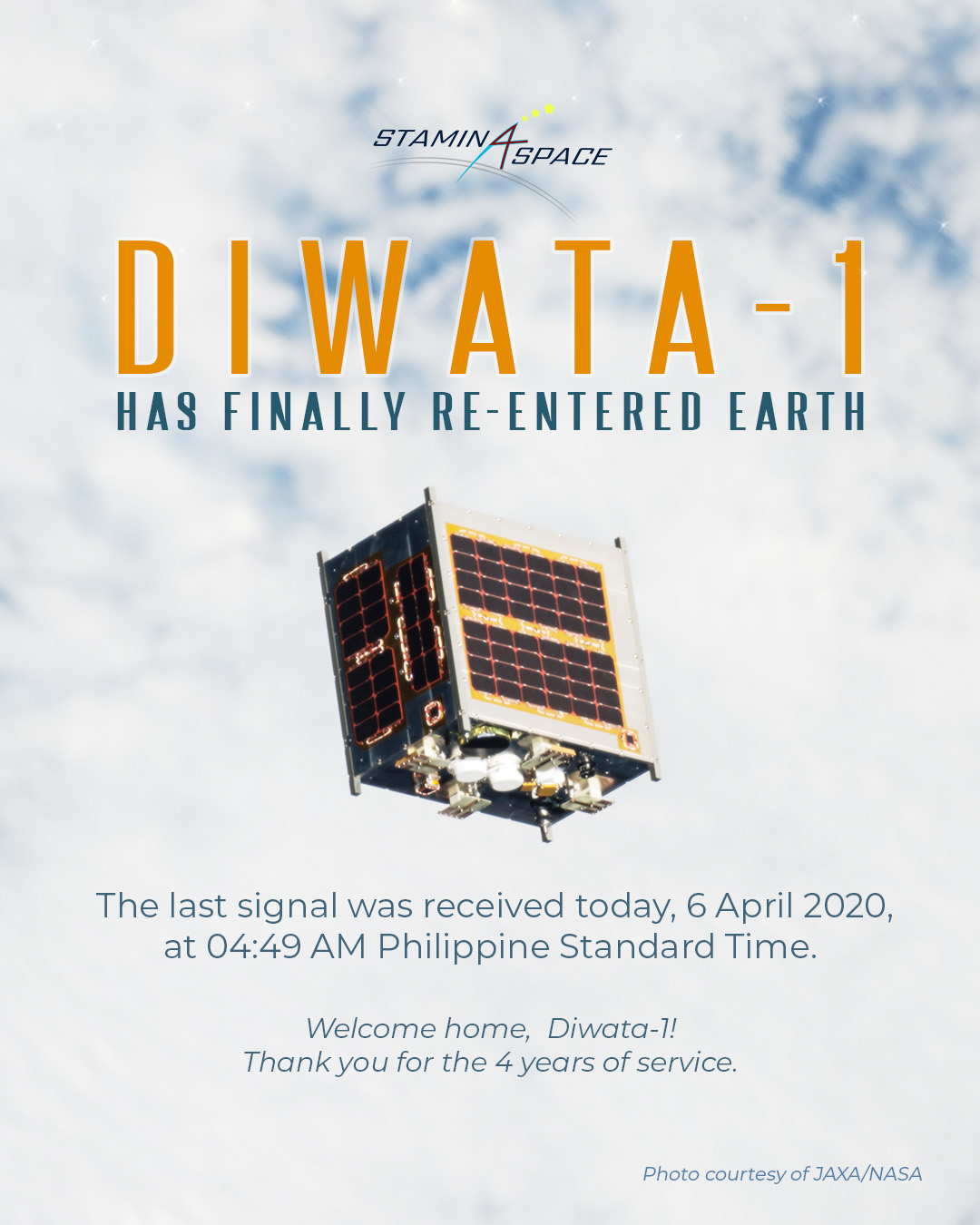
Diwata-1 re-enters atmosphere, ends mission
After four years of its journey in space, Diwata-1 retires as it re-enters the Earth’s atmosphere.
Diwata-1 is the Philippines’ first microsatellite for scientific earth observation built by Filipino engineers and scientists from the University of the Philippines Diliman (UPD) in collaboration with Japanese universities, Tohoku University and Hokkaido University, and with support from the Department of Science and Technology (DOST).